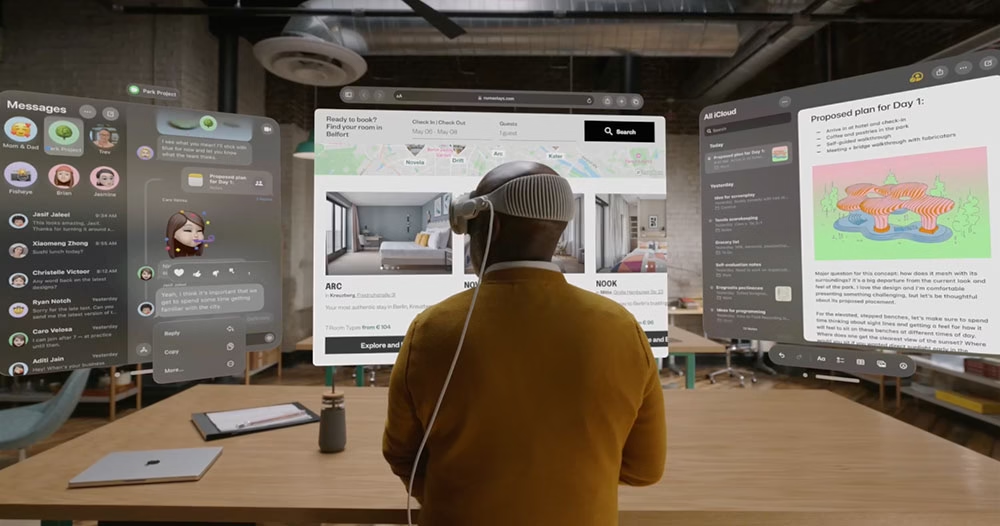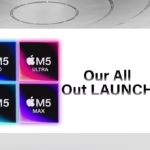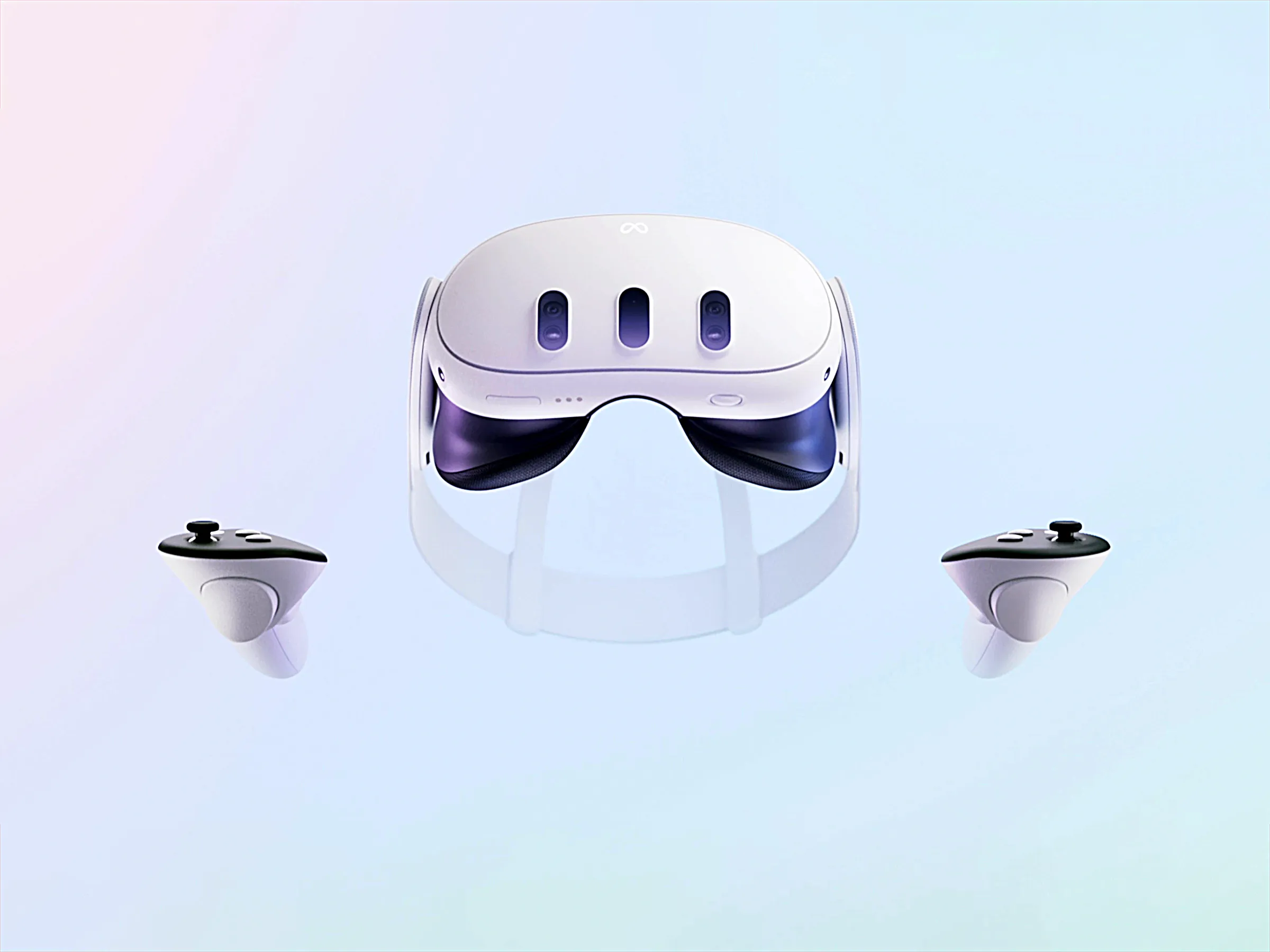“`html
Introduction: Setting the Stage for Spatial Computing’s Commercial Future
Estimated reading time: 10 minutes
Key Takeaways
- The **Apple Vision Pro 2 launch 2025** is poised to be a significant catalyst for commercial adoption of spatial computing.
- Anticipated hardware upgrades, including the M5 chip, will enhance performance for professional workflows.
- Integration of “Apple Intelligence” promises to revolutionize productivity through AI-powered spatial task management.
- The Vision Pro 2 is positioned as a premium enterprise solution, contrasting with Meta Quest 3’s consumer focus.
- visionOS 2.6 will be crucial for enabling robust enterprise features and a thriving developer ecosystem.
Table of contents
- Introduction: Setting the Stage for Spatial Computing’s Commercial Future
- Key Takeaways
- The Vision Pro 2: Expectations and Potential for Commercial Adoption
- Apple Intelligence Integration: Revolutionizing Spatial Computing for Business
- Comparative Analysis: Vision Pro 2 vs. Meta Quest 3 for Commercial Markets
- visionOS 2.6: The Software Backbone for Commercial Success
- Commercial Opportunities and Market Impact of the Vision Pro 2
- FAQ
The landscape of computing is undergoing a profound transformation, shifting from flat screens to immersive, three-dimensional environments. Spatial computing, once a concept confined to science fiction, is rapidly becoming a tangible reality, poised to redefine how we work, create, and interact. The impending **Apple Vision Pro 2 launch 2025** is anticipated to be a pivotal moment, injecting significant commercial interest and driving innovation within this burgeoning market. The excitement surrounding potential **Apple WWDC 2025 announcements** further illuminates Apple’s strategic direction in this evolving frontier. This post will delve into the commercial implications, expected advancements, and market positioning of the Vision Pro 2, offering a comprehensive overview for businesses and professionals eager to navigate the future of spatial computing.

The Vision Pro 2: Expectations and Potential for Commercial Adoption
Building upon the groundbreaking foundation of its predecessor, the Vision Pro 2 is expected to introduce iterative yet commercially significant enhancements. These upgrades are meticulously crafted to meet the demanding requirements of enterprise clients and creative professionals, solidifying its place as a tool for serious business applications.
Hardware Upgrades
At the core of these anticipated improvements is the adoption of Apple’s advanced M5 chip. This new silicon is expected to deliver superior processing power and markedly improved energy efficiency. For commercial workflows, this translates to an ability to handle more demanding tasks with greater ease and extended operational periods. Think of complex 3D modeling, intricate design tasks, and seamless virtual collaboration – all processes that will benefit immensely from a significant boost in computational muscle and power management.
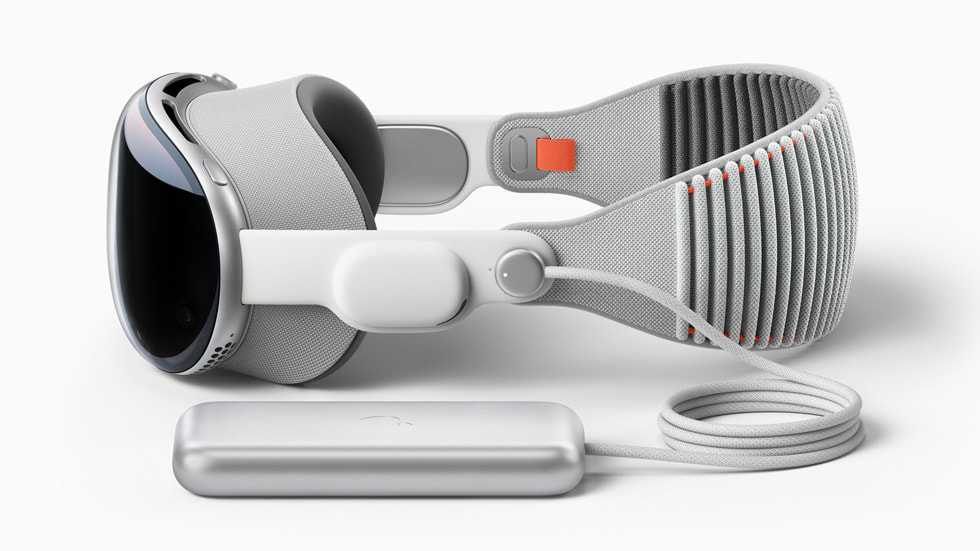
The design philosophy is expected to remain consistent, retaining the high-resolution OLED displays that offer stunning visual clarity and the lightweight construction optimized for prolonged professional use. Crucially, improvements in latency are anticipated. Reduced latency is not merely a nicety; it is critical for real-time business applications, ensuring that interactions within virtual or augmented environments are fluid, responsive, and free from distracting delays, thereby enhancing the overall user experience and productivity.
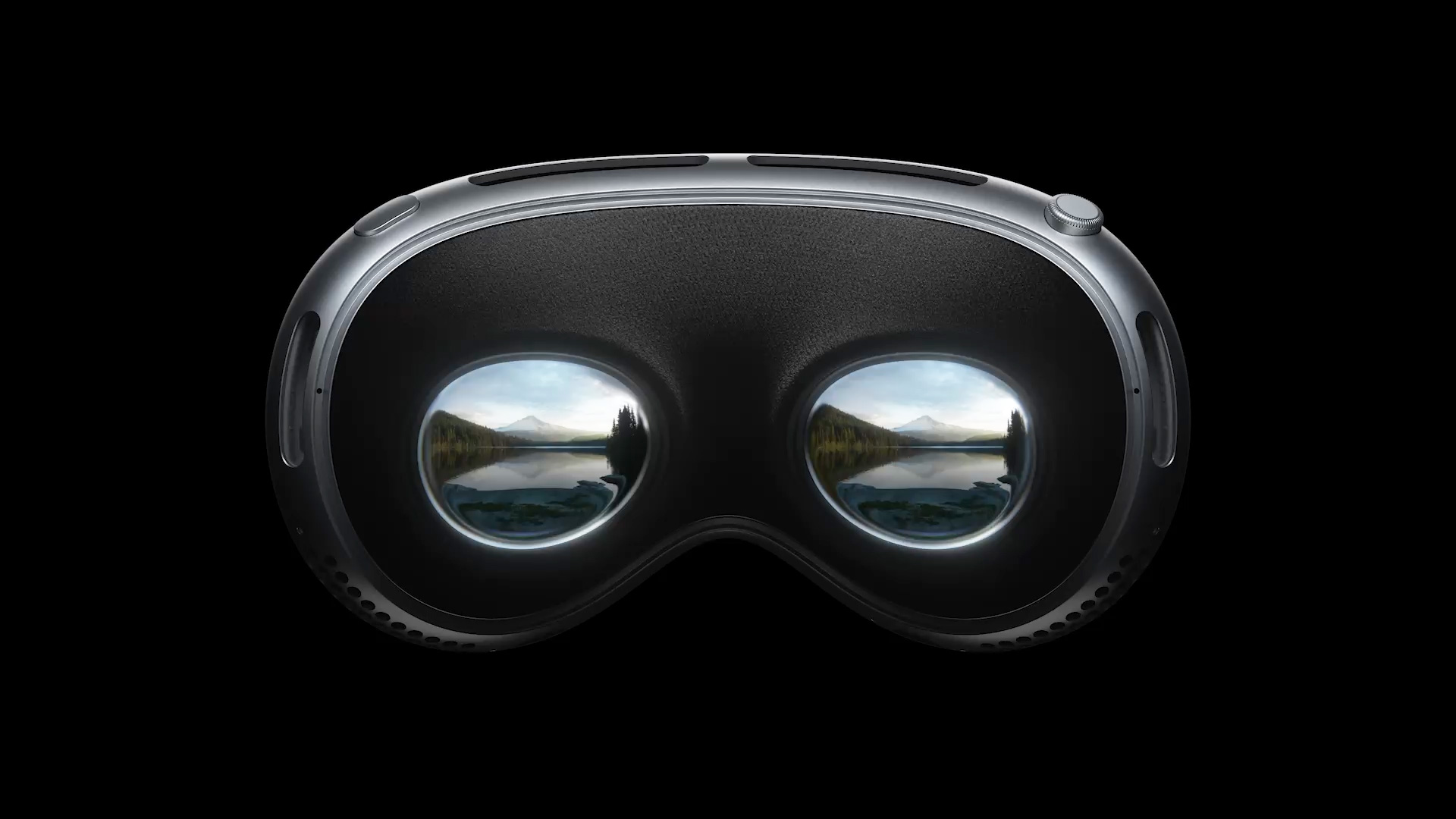
These hardware enhancements are specifically engineered to cater to enterprise clients and creative professionals. By addressing the demands for top-tier performance, unwavering reliability, and deeply immersive experiences, the Vision Pro 2 aims to become an indispensable tool for advanced training simulations, sophisticated collaborative tasks, and data visualization in ways previously unimaginable.
Apple Intelligence Integration: Revolutionizing Spatial Computing for Business
The integration of “Apple Intelligence” into the Vision Pro 2 is set to be a game-changer, elevating the device and establishing new benchmarks for AI-driven spatial computing. This strategic integration promises to unlock unprecedented levels of capability and user assistance.
Benefits for Business Professionals
For business professionals, the implications are profound. Expect AI-powered automation to streamline repetitive tasks, intelligent spatial task management to organize complex projects within virtual environments, and context-aware workflows that anticipate user needs and offer proactive assistance. These advancements are poised to transform productivity, allowing individuals and teams to focus on higher-value activities rather than getting bogged down in operational minutiae.
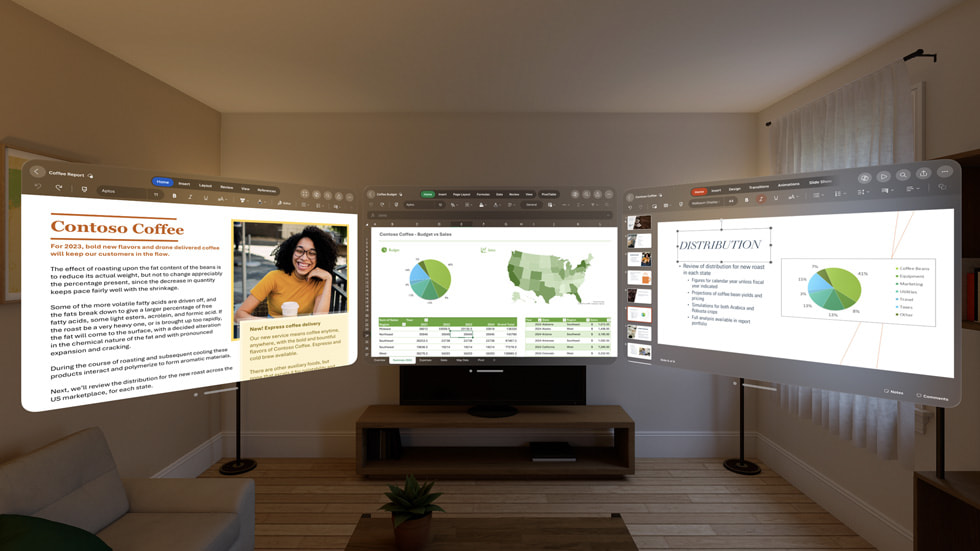
Furthermore, the seamless integration with other Apple services – such as iCloud, Apple Mail, and collaboration tools – will amplify user engagement and workflow efficiency. This interconnectedness means that the spatial computing experience will feel like a natural extension of existing digital ecosystems, reducing the learning curve and maximizing the utility of the device within established corporate structures.

The Vision Pro 2 is also anticipated to offer enhanced personalization. This means the device could adapt work environments, tools, and interfaces to individual users, specific teams, or broader company-wide requirements. This adaptability showcases Apple’s strategic intent to make the Vision Pro 2 indispensable for commercial operations, moving it far beyond a mere novelty and positioning it as a fundamental tool for future business success.
Comparative Analysis: Vision Pro 2 vs. Meta Quest 3 for Commercial Markets
When considering the commercial landscape of spatial computing, a comparative analysis between the Vision Pro 2 and the Meta Quest 3 is essential. These devices represent distinct approaches to the market, with different target audiences and strategic objectives. The Vision Pro 2 is firmly positioned as a premium, enterprise-focused device, with an anticipated price point of $3,500+, whereas the Meta Quest 3 offers a more accessible, consumer-oriented option, typically priced around $500.
Analyzing Key Areas for Commercial Applications
Let’s explore the critical differences in a **Vision Pro 2 vs Meta Quest 3 comparison**:
Enterprise Solutions and BYOD Policies
The Vision Pro 2 is expected to boast robust security features, deep integration with the Apple ecosystem, and advanced management tools. These attributes make it particularly suitable for regulated industries and large corporations with complex IT needs and strict data governance policies. Conversely, the Meta Quest 3 excels in accessibility and ease of setup, making it a more appealing choice for smaller teams, startups, or environments where immediate deployment and lower cost are paramount.
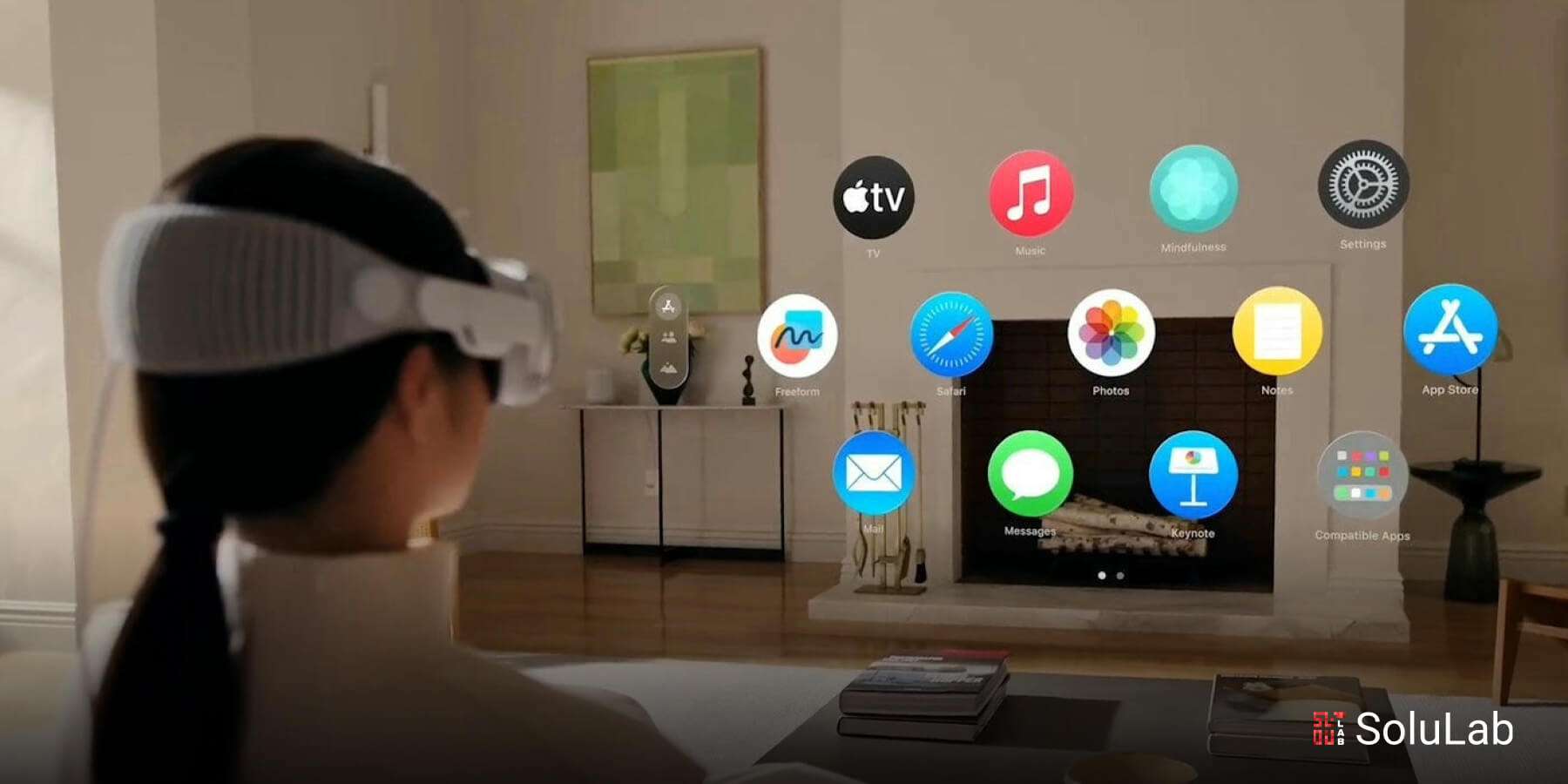
Developer Ecosystems and Productivity Apps
Apple’s established relationships with developers and its history of fostering strong developer ecosystems suggest that the Vision Pro 2 could see a rapid proliferation of professional-grade spatial applications. This ecosystem maturity is vital for business adoption. Meta, with its more open approach and existing XR marketplace, caters to a broader audience, offering a wider variety of content, though perhaps with a greater emphasis on consumer applications and gaming. The quality and focus of applications will be a key differentiator for commercial success.

Content Creation and Collaboration Tools
Apple is likely to prioritize advanced creative and collaboration tools within its spatial computing offerings. This means a strong focus on sophisticated applications for design, media production, and virtual workspace scenarios. The Meta Quest 3, while capable of some collaboration, leans more towards mixed-reality experiences and gaming, which may appeal to different business use cases, such as employee engagement or marketing activations rather than core productivity or design work.
visionOS 2.6: The Software Backbone for Commercial Success
While hardware innovations capture headlines, the success of the Vision Pro 2 in commercial sectors will depend significantly on its operating system. The anticipated **visionOS 2.6 new features** will be the true enabler of its enterprise potential.
Expected Advancements
Key advancements are expected in multitasking capabilities, application management, and robust spatial anchoring. These features are critically important for dynamic and evolving business environments where users might need to switch between multiple complex applications or maintain precise spatial relationships between virtual objects and the real world. Improved spatial anchoring, for instance, is vital for applications like augmented reality overlays in manufacturing or precise medical training simulations.

The expansion of developer tools and APIs will also play a crucial role. A more robust and accessible developer environment will empower businesses to create custom enterprise solutions and vertical-specific applications tailored to diverse industries, from finance to architecture. This flexibility ensures that the Vision Pro 2 can be adapted to highly specialized needs, driving adoption across a wider range of sectors.

Furthermore, enhanced security frameworks and enterprise management options are paramount for successful commercial rollouts. This includes robust support for Bring Your Own Device (BYOD) policies, enabling employees to use their personal devices securely, and providing IT departments with the tools needed for secure deployment and management of devices at scale. The ability to integrate seamlessly into existing IT infrastructure and maintain a high level of security will be a deciding factor for many businesses.
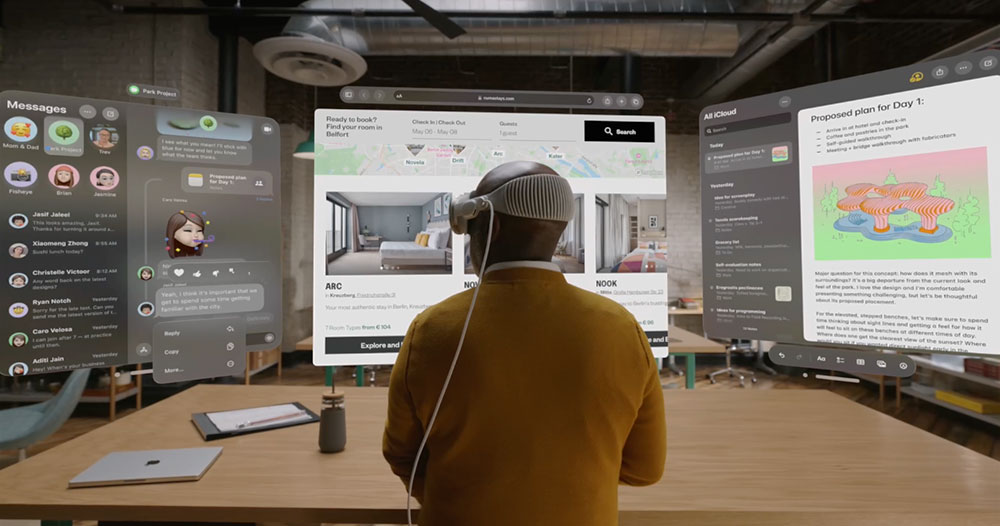
These software improvements are expected to make the Vision Pro 2 an attractive proposition not only for innovative early adopters but also for broader corporate adoption, transforming it from a cutting-edge gadget into a practical business tool.
Commercial Opportunities and Market Impact of the Vision Pro 2
The **Apple Vision Pro 2 launch 2025** is poised to unlock a wave of commercial opportunities across various sectors. Key industries that are likely to be early adopters include healthcare, where it can revolutionize surgical training and patient visualization; engineering and design, for advanced 3D modeling and prototyping; remote collaboration, offering more immersive team interactions; education, enabling new forms of interactive learning; and immersive training, providing realistic simulations for complex skill acquisition.

These advancements will foster the emergence of new revenue models and business opportunities. We can anticipate the growth of new app ecosystems specifically designed for spatial computing, subscription services offering specialized business solutions, and a surge in demand for custom development tailored to the unique capabilities of spatial computing. This expansion of the XR market will create new avenues for innovation and economic growth.

Analyzing the competitive landscape, Apple’s high-end market focus is distinct from Meta’s volume-driven strategy. This segmentation suggests that the two companies may not be direct competitors in all areas, but rather cater to different market needs, potentially leading to a co-evolution of the spatial computing space. Apple’s premium positioning aims to establish a benchmark for quality and performance, while Meta’s accessibility broadens the overall user base for XR technologies.
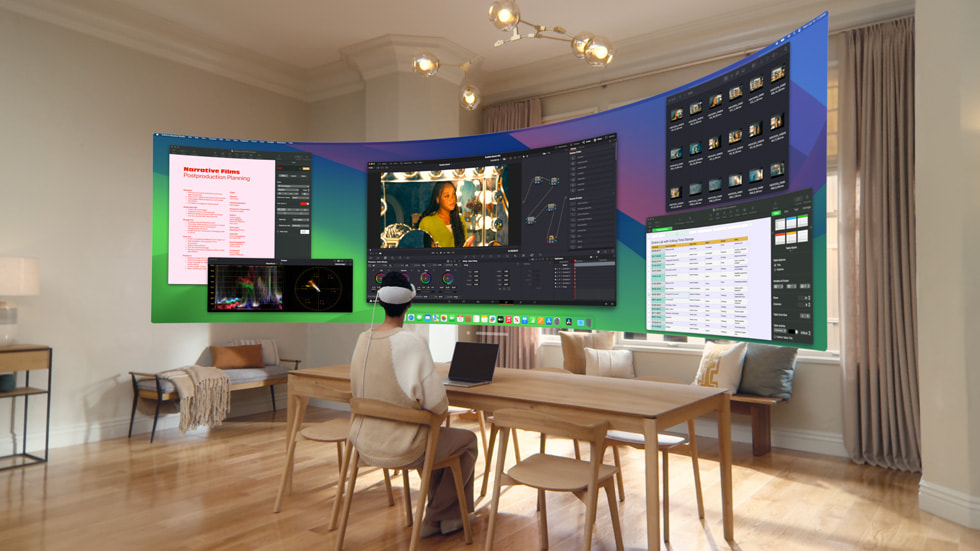
The broader impact on the Extended Reality (XR) market is expected to be substantial. The **Apple Vision Pro 2 launch 2025** will likely elevate expectations across the entire sector regarding device performance, ecosystem maturity, and overall business-readiness. This increased anticipation will spur further innovation from competitors, developers, and end-users, pushing the boundaries of what is possible with spatial computing.
FAQ
When is the Apple Vision Pro 2 expected to launch?
The **Apple Vision Pro 2 launch 2025** is widely anticipated, with many industry watchers expecting an announcement and release sometime in 2025, possibly following **Apple WWDC 2025 announcements**.
What are the key hardware upgrades expected for the Vision Pro 2?
Key upgrades are expected to include Apple’s advanced M5 chip for enhanced processing power and energy efficiency, along with potential improvements in display technology and latency for a more seamless user experience.

How will “Apple Intelligence” benefit business users of the Vision Pro 2?
“Apple Intelligence” is expected to bring AI-powered automation, intelligent task management, and personalized workflows, significantly boosting productivity and efficiency for business professionals.
What is the primary difference between the Vision Pro 2 and the Meta Quest 3 for commercial use?
The Vision Pro 2 is positioned as a premium, enterprise-focused device with advanced features and security, while the Meta Quest 3 is a more accessible, consumer-oriented option.
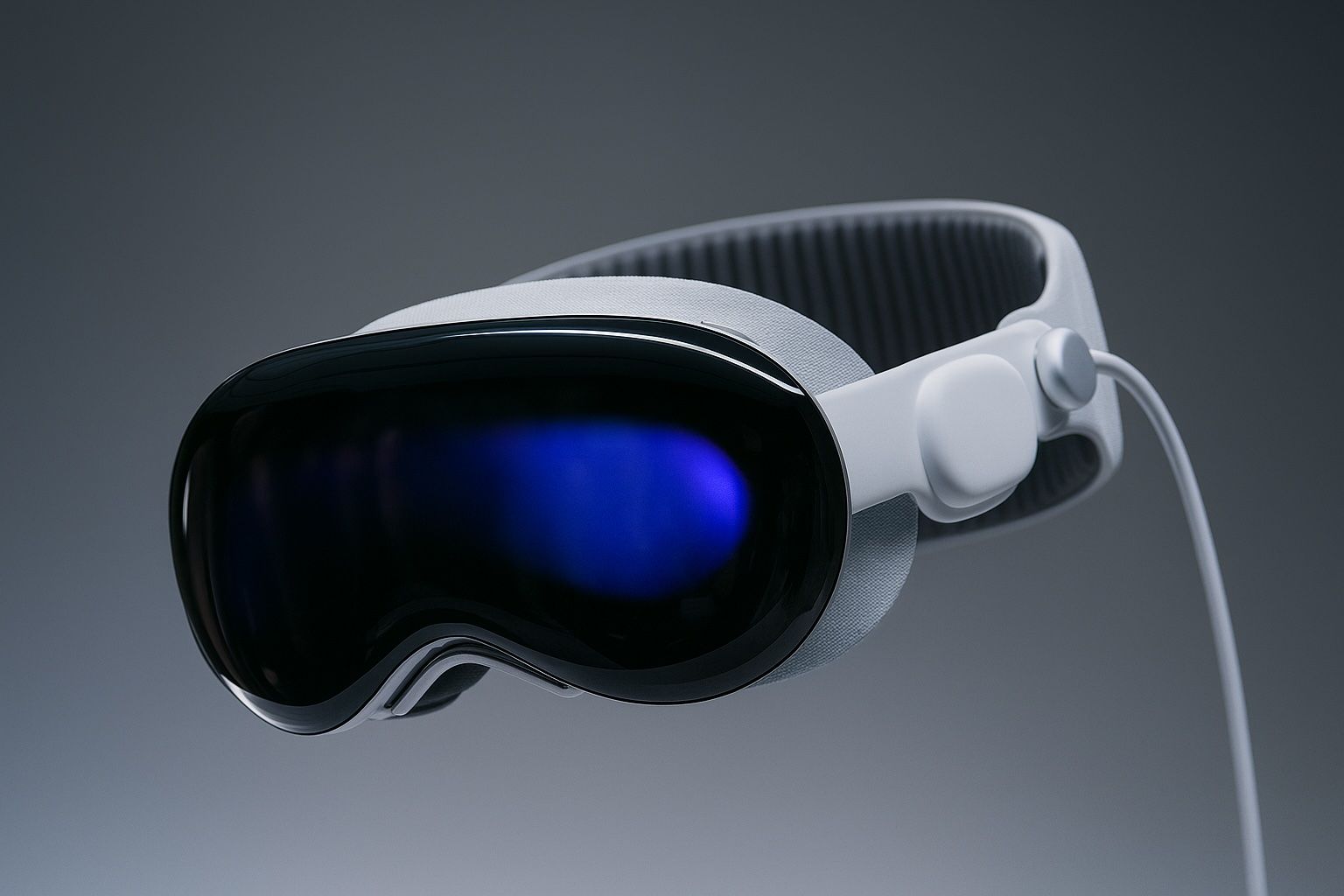
Why is visionOS 2.6 important for the commercial success of the Vision Pro 2?
visionOS 2.6 will be crucial by offering enhanced multitasking, app management, spatial anchoring, expanded developer tools, and robust security frameworks necessary for enterprise adoption and specialized business applications.
Which industries are expected to adopt the Vision Pro 2 first?
Early adoption is expected in sectors such as healthcare, engineering, design, remote collaboration, education, and immersive training due to their inherent suitability for spatial computing technologies.
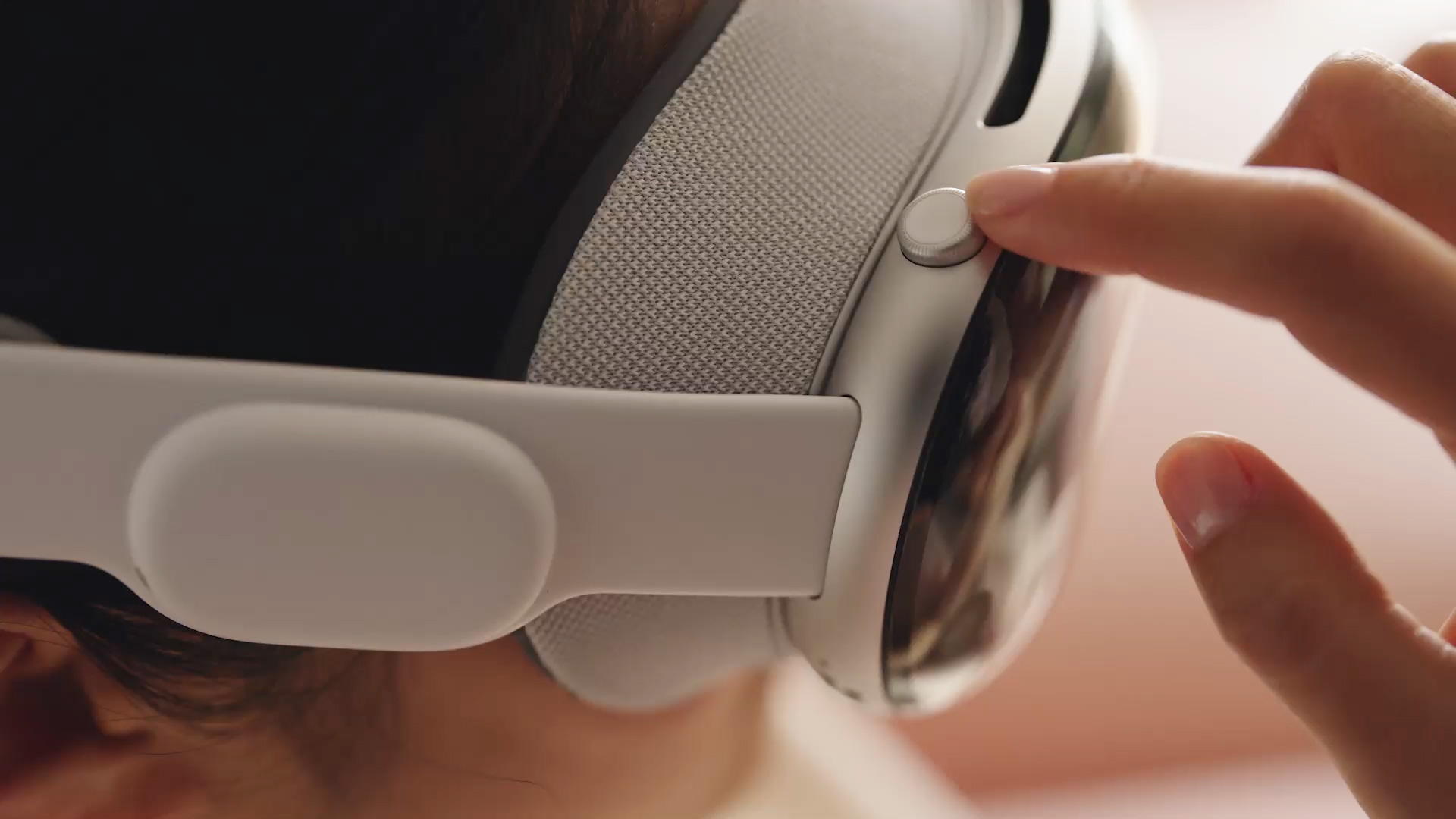
“`


